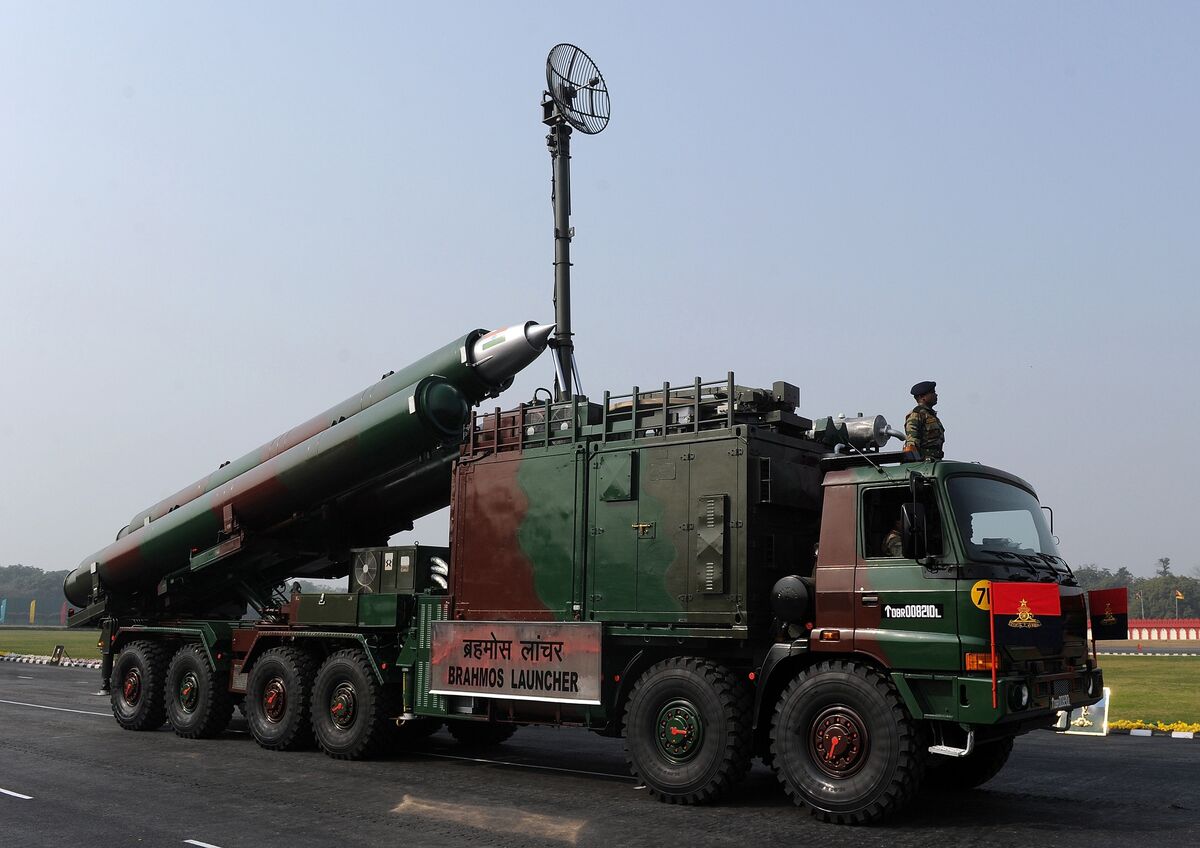India’s Inadvertent Missile Launch Underscores the Risk of Accidental Nuclear Warfare
Complex weapon systems are inherently prone to accidents, and this latest launch is one of a long history of military accidents in India
By Zia Mian, M. V. Ramana on April 8, 2022
Complex weapon systems are inherently prone to accidents, and this latest launch is one of a long history of military accidents in India

www.scientificamerican.com
Last month, while most of the world focused on the war in Ukraine and worried that a beleaguered Russian leadership might resort to nuclear weapons, thus escalating the conflict into a direct war with the U.S.-led NATO nuclear-armed alliance, a nearly tragic accident involving India and Pakistan pointed to another path to nuclear war. The accident highlighted how complex technological systems, including those involving nuclear weapons, can generate unexpected routes to potential disaster—especially when managed by overconfident organizations.
India and Pakistan possess more than 300 nuclear weapons between them, and have fought multiple wars and faced many military crises. On March 9, three years after their dispute over Kashmir escalated into attacks by jet fighters, the Pakistan Air Force detected “a high speed flying object” inside Indian territory change course and veer suddenly toward Pakistan.* It flew deep into Pakistan and crashed. The object was a BrahMos cruise missile, a weapon system developed jointly by India and Russia. India soon stated the launch was an accident.
The firing of the BrahMos missile falls within a long history of accidents involving military systems in India. Military aircraft have strayed across the borders during peacetime. India’s first nuclear submarine was reportedly “crippled” by an accident in 2018, but the government refused to divulge any details. Secrecy has prevented the investigation of an apparent failure of India's ballistic missile defence system in 2016. Engagements between India and Pakistan can arise from such accidents, as in 1999 when a Pakistani military plane was shot down along the border by India, killing 16 people. Pakistan has had its share of accidents, including a Pakistani fighter jet crashing into the capital city in 2020.
---------
South Asia’s geography is pitiless. It would only take five to 10 minutes for a missile launched from India to attack Pakistan’s national capital, nuclear weapon command posts or bases. For comparison, the flight times between missile launch sites and targets in the United States and Russia are about 30 minutes. Even this extra time may be insufficient. In the event of a military crisis, no leader can make a judicious decision during this period, when faced with impossible choices. But shorter flight timesincrease the likelihood of mistakes.
The mistake that is of greatest concern is a false alarm of an incoming nuclear attack, possibly directed against nuclear forces. Indian or Pakistani—or Russian or NATO—policy makers may find themselves under immense pressure to launch a preemptive attack, thereby compounding the crisis. The terrible dilemma confronting them would be whether to use their nuclear weapons first or wait for the bombs from the other side to land. Nuclear war, even of a limited nature, between India and Pakistan could lead to millions of deaths in the short term and even graver consequences in the longer term for the region and beyond.
Compounding these dangers is the overconfidence of India’s officials, who displayed no recognition of the gravity of the Brahmos accident. A “technical malfunction” had “led to the accidental firing of a missile,” the official statement declared, noting glibly “it is learnt that the missile landed in an area of Pakistan.” India’s defense minister assured parliament members that the system is “very reliable and safe.”










